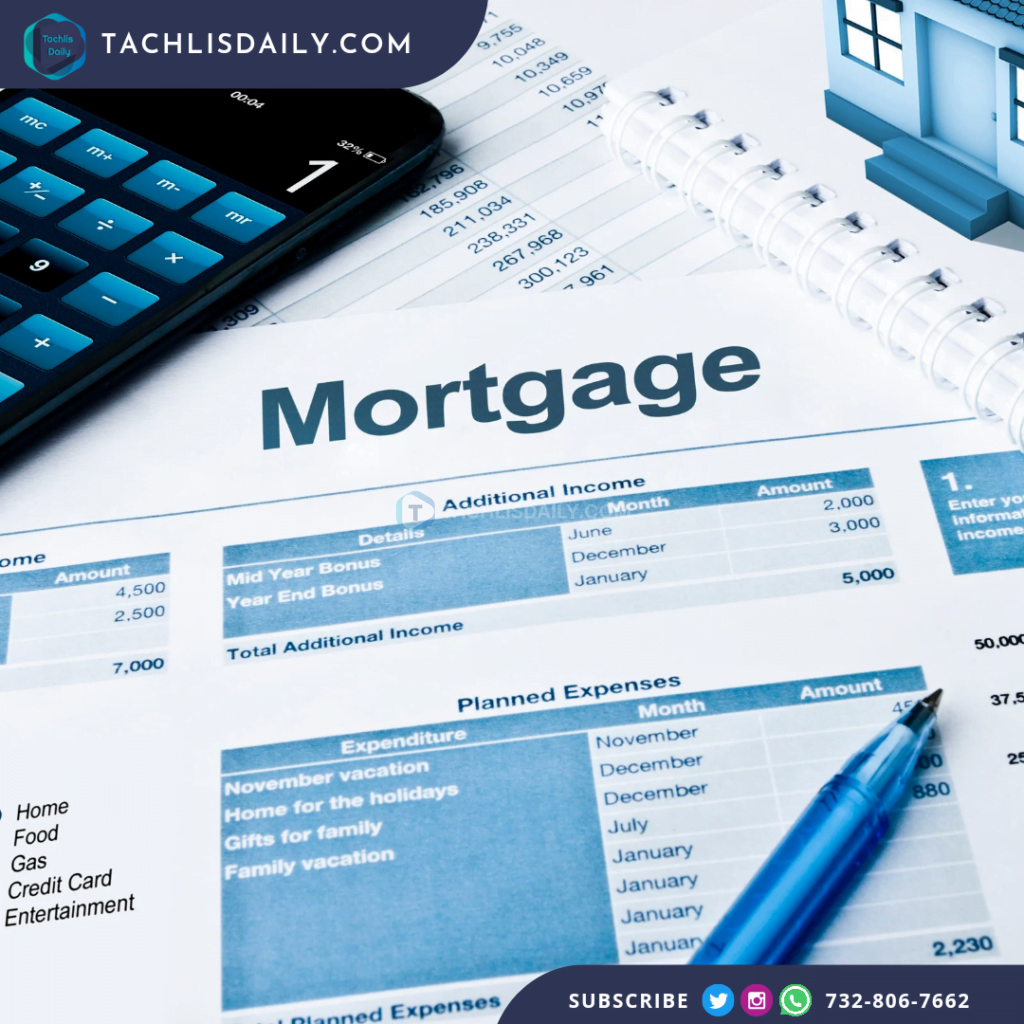President Trump announced over the weekend on Truth Social his proposal for a 50-year mortgage. This announcement was followed by a tweet from Bill Pulte, the director of the FHFA, indicating that he is working on making the 50-year mortgage a reality. However, there has been considerable pushback on this idea, and today, Politico reported that White House officials are furious with Bill Pulte for discussing the 50-year mortgage with the president.
Here are some key points to consider:
Longer Term Equals Higher Rate
Lenders generally charge more for longer-term loans because they take on additional risk. The longer the repayment period, the greater the uncertainty regarding inflation, interest rates, and credit risk. Historically, the 30-year fixed mortgage rate has averaged about 57 basis points higher than the 15-year rate. If a 50-year option is introduced, borrowers can expect a higher premium, likely adding another fraction of a percentage point to the rate in exchange for lower monthly payments.
Monthly Savings on a 50-Year Loan
The main appeal of a 50-year loan is lower monthly payments. By stretching the repayment period over half a century, the same principal amount is spread across 20 additional years, reducing the monthly cost. For example, on a $400,000 mortgage with a 6.22% interest rate, the monthly principal and interest payment would be roughly $2,455 on a 30-year mortgage. However, a 50-year mortgage at a 6.64% interest rate would lower that payment to around $2,297, resulting in savings of about $158 per month, or roughly 7% less.
Total Interest Paid Over 50 Years
On a $400,000 loan, a borrower with a 30-year mortgage would pay approximately $483,000 in interest over the life of the loan. In comparison, a borrower with a 50-year mortgage could pay closer to $980,000, nearly half a million dollars more in financing costs. The 50-year mortgage dramatically slows the pace of principal repayment, meaning homeowners remain “leveraged” for a longer time and build wealth through amortization much more slowly. In the early years of any mortgage, a significant portion of the payment goes toward interest. With a 50-year mortgage, it takes much longer for principal repayment to accelerate meaningfully. For instance, after 10 years, a borrower with a 30-year mortgage would typically have paid off around 20% of their balance, while a 50-year borrower would only have paid off about 9%. This could leave homeowners feeling “stuck” for longer, especially if home prices flatten or decline. It may also complicate refinancing or selling in the early years, as it takes more time to build equity.
Refinancing Concerns
Some argue that most borrowers refinance after 5 or 6 years, allowing them to switch to a shorter-term loan. However, my experience shows that borrowers rarely refinance from a 30-year to a 15-year term, making this argument less compelling.
Will Borrowers Live to See Their Mortgage Paid Off?
A common criticism of the 50-year mortgage is that it may leave borrowers paying well into retirement, or possibly never fully paying off the loan. It’s important to note that most mortgages don’t reach their full term. Even with a standard 30-year fixed mortgage, few homeowners remain in their homes long enough to make the final payment. According to Redfin, the typical U.S. homeowner stays in their house for only about 11.8 years.
Argument for the 50-year mortgage
Some people argue that the 50-year mortgage is similar to any type of “cheap debt,” where you pay interest over an extended period, and borrowers can always make extra payments to pay off the loan in 30 years. My counterargument to this logic is, why stop at 50 years? We could offer 100-year mortgages with the intention of paying them off earlier. The point is that the argument for cheap debt and early repayment has its limits. Committing an entire nation to 50-year loans tied to their primary homes, in my view, crosses a line. Just because you can pay up early, do borrowers tend to do that if they don’t need to?
Bill Pulte followed up on his original tweet about the 50-year mortgage, stating that it is just one tool in a larger “arsenal of solutions.” He later mentioned that they are also working on assumable and portable mortgages. While implementing these solutions will be challenging, they could significantly change the housing market if successful. Stay tuned for more updates.
In summary:
President Trump’s recent proposal for a 50-year mortgage has sparked considerable discussion, particularly regarding its potential impact on borrowers. While the primary advantage is lower monthly payments, stretching the loan over 50 years can lead to significantly higher total interest costs, leaving homeowners “leveraged” for longer. Critics argue that such mortgages could extend payments into retirement.












